Stainless Steel Castings
The most common alloy types we process are listed below. Besides, we can pour other melt alloys according to your requirement.
304/304L investment casting
304 is a general purpose stainless steel which is used extensively in
the manufacture of equipment and machine parts requiring good all round
performance (corrosion resistance and formability).304 Stainless Steel,
also known as 304, is a type of steel that is widely used in the
manufacturing of many different types of appliances and durable goods.
It is a general-purpose steel alloy with a range of properties and
applications. 304 stainless steel, often referred to as “Inconel,” is a
very popular type of stainless steel. It is a high-grade,
corrosion-resistant metal that is commonly used in the automotive field
and aerospace manufacturing.
That being said, it can also be found
in other industries such as marine, oil exploration, and power
generation. 304 stainless steel is also known as “A4 Stainless Steel” or
“Grade 304”. This is the most widely used corrosion-resistant stainless
steel for use in industrial settings. 304-grade stainless steel has a
higher carbon content than 430 grade. It’s possible to weld 304-grade
steel with an A330-O1R 3/32″ x 3/8″ electrode.
304 has excellent
corrosion resistance and is easy to process and shape. It can be applied
to various household and commercial applications, including: Kitchen
workbenches, sinks, chemical containers, food processing equipment,
automotive and aerospace applications, construction materials,
architectural decoration and modeling, etc. (304L is very similar to 304
alloys, the difference is that the maximum carbon content of 304 alloy
is 0.08%, while 304L is 0.03%. This “L” can be understood as low
carbon.)
316/316L stainless steel casting
Stainless
steel castings made of 316 stainless steel are the second most popular
in the world. It is distinguished by the presence of molybdenum, which
accounts for around 2 to 3 percent of the entire composition and ensures
a higher level of corrosion resistance.Other stainless steel castings
from the 300 series can contain up to 7% molybdenum. It’s especially
beneficial in environments where 304 stainless steel castings fail, such
as chlorides and/or other industrial chemicals.
316 stainless steel
castings are appropriate for high moisture settings with regular salt
exposure, such as glass spider fittings, glass spigots, and so on, in
outdoor applications. 316 stainless steel castings, sometimes known as
“marine-grade” steel, are frequently used for maritime hardware. It is
used in laboratories, coastal construction, and marine fittings in
addition to the traditional applications of 304 stainless steel.
It’s also a good choice for production areas where corrosive chemical
solvents are a typical occurrence. Medical applications are also common,
because to the high unreactivity of 316 stainless steel castings, which
reduces the possibility of contamination.
Compared with investment
cast 316 stainless steel casting, the molybdenum in 316L stainless steel
castings make it have higher corrosion resistance. It can resist
atmospheric corrosion and has excellent resistance to inter-granular
corrosion under welding conditions(cast 316 stainless steel properties).
At high temperatures, 316 stainless steel casting has higher creep and
tensile strength. It is commonly used in the paper industry, chemical
and textile processing equipment, furnace parts, etc.
410
Type 410 stainless is a martensitic alloy commonly supplied in the hardened but still machinable condition.EXCELLENT HARDNESS
The alloy contains 11.5% chromium which provides good resistance to atmospheric corrosion. However, corrosion resistance is limited unless the alloy is further enhanced by processes including hardening, tempering and polishing. Type 410 displays excellent hardness after heat-treatment and the material finds use in the fabrication of highly stressed parts. Weldability of the alloy is generally poor.
BENEFITS
Type 410 stainless steel is a commonly used martensitic stainless steel grade. Once heat treated, the alloy has excellent hardness properties and is suitable for use in stressed parts. Note that Type 410 has limited corrosion resistance and weldability is generally poor. The alloy finds use in commercial applications such as petrochemical.
410 is a chromium martensitic stainless steel that can be heated to obtain a wide range of mechanical properties. Stainless steel casting 410 has high strength, hardness and good corrosion resistance. It is easy to extend and be formed. In addition, in all cases it is magnetic. It is commonly used in cutlery, petroleum refining, petrochemical processing, and marine environments, etc.
416
Type 416 stainless is a martensitic steel alloy with added sulphur - this gives the alloy excellent machining properties, infact, they are best of any stainless steel.
The added sulphur also improves non-galling characteristics. However, this performance comes at a cost. Corrosion resistance is limited, as is formability and weldability is poor. Corrosion resistance is at its optimum performance if the alloy is hardened and tempered. Because of their high machinability and low cost of the alloy, Type 416 steels are available in highly tempered, hardened or unhardened forms.
Type 416 stainless steel has the best machining capabilities of any stainless steel, thanks to the introduction of sulphur as a core element. However, such performance is negated in terms of reduced corrosion resistance, formability and weldability.
Alloy 416 series is high-chromium martensitic free-machining stainless steel. It has high strength and is easy to process. Type 416 stainless steel casting can be applied to axles, gears, valves, and lead screws etc. It is not recommended to apply to containers filled with gas or liquid under high pressure.
17-4 ph Stainless steel investment casting
17-4 PH Stainless Steel (SAE type 630 stainless steel), is the martensitic precipitation-hardened stainless steel casting grade.
Typical usage of 17-4 stainless steel castings is where high strength and a modest level of corrosion resistance is required. Strength and toughness desired can be manipulated by temperate range in the heat treatment process. Best Stainless offers high quality standards including: UNS S17400, AMS 5643, ASTM A564, and ASTM A693 Grade 630.
This type of stainless steel casting can harden further by aging at temperatures ranging between 480-620 degrees Centigrade. The combination of the alloy’s superior properties allows it to increase product reliability while making fabrication simple and cost effective. Type 17-4 PH stainless steel has applications in industries like paper, petrochemical, aerospace and food processing. It is widely used in various general metalwork applications.
17-4 PH Stainless Steel Casting can withstand corrosive attacks better than any of the standard hardenable stainless steel castings and is comparable to Alloy 304 in most media.
It is corrosion resistant in some chemical, petroleum, paper, dairy and food processing industries (equivalent to 304L grade).
17-4 ph investment casting is an age-hardening martensitic stainless steel that combines high strength and corrosion resistance. Hardening can be achieved after simple low-temperature treatment. 17-4 investment casting still has high tensile strength, hardness, oxidation resistance and good creep stress rupture performance at high temperatures. Compared with traditional martensitic stainless steel, 17-4 ph investment casting is more weldable. All that properties make it widely used in oil, natural gas, aerospace and other fields.
Stainless steel investment casting, also known as lost wax casting and precision casting,is a casting method in which a fusible material (such as wax) is used to make a pattern and assembled into a wax pattern set, then the mold shell is repeatedly coated with multiple layers of refractory paint on the surface of the mold, and the wax mold is melted away after the shell has hardened and dried, and the shell is then baked at a high temperature and poured to obtain a casting.
Investment casting material include in carbon steel, alloy steel, stainless steel and so on.Stainless steel is a widely used material for casting products. Its biggest advantage is the excellent corrosion resistance. When we have requirements of the properties of steel and corrosion resistance. Stainless steel casting is the better choice.
Our foundry stainless steel investment casting process is as the following: Pouring simulation, Mold development, Raw material inspection, Wax pattern, Shell preparation, Metal pouring, Cleaning and Heat treatment, Inspection, Warehouse packaging, and Shipping. If you are looking for a trustworthy supplier, please do not hesitate to contact me.
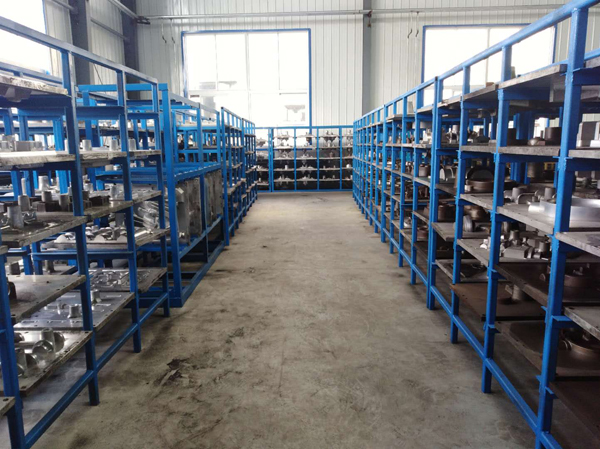
Cast Stainless Steel Mold Development
Our stainless steel foundry technical department develops the mold, and the quality department uses
the three coordinates to carry out the dimensional inspection.
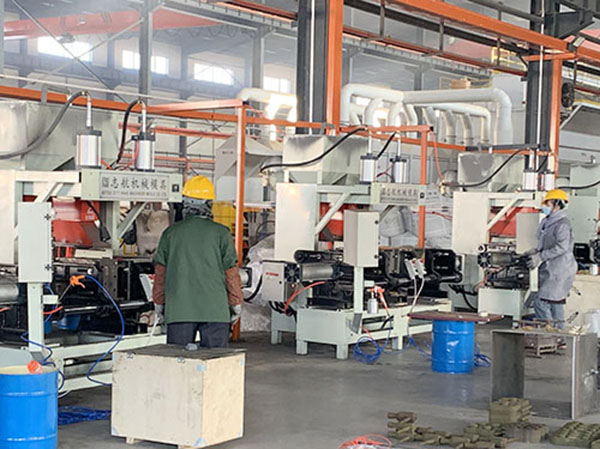
Stainless Steel Foundry Wax Pattern
Our workshop uses automatic waxing machines to set the waxing pressure, holding time, etc., and to
produce high quality was patterns.
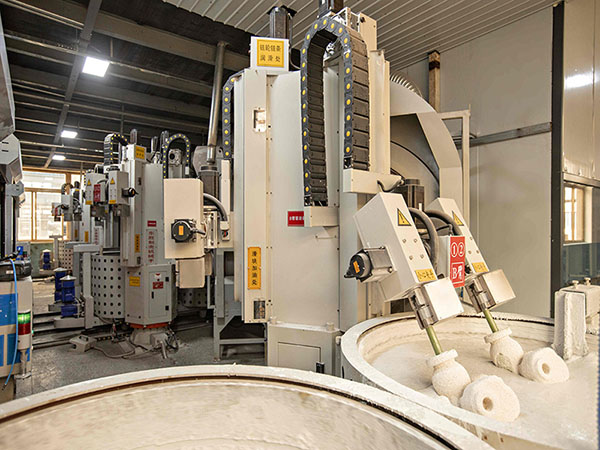
Stainless Steel Foundry Shell Preparation
Our workshop has 6 automatic production lines, able to produce 2600 sets of shells every day. We
use a hygrothermograph, aerometer, and PH to monitor humidity, temperature, and concentration
of liquor aluminum chloride.
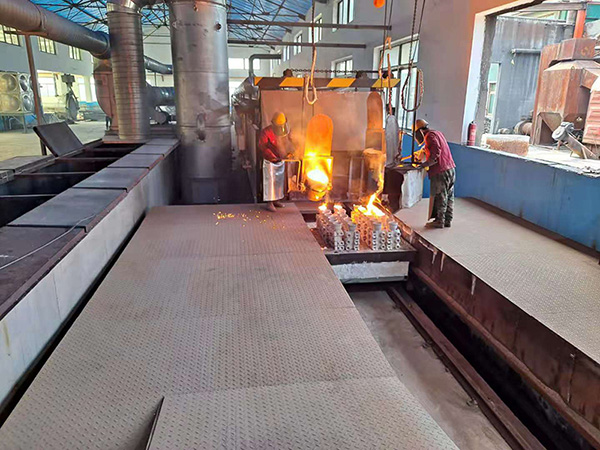
Casting Stainless Steel Metal Pouring
8 sets of 600KG furnaces are in production, and 4 sets of 500KG spare furnaces are ready when
capacity increases.The operators conduct rigorous tests to fulfill material requirements.
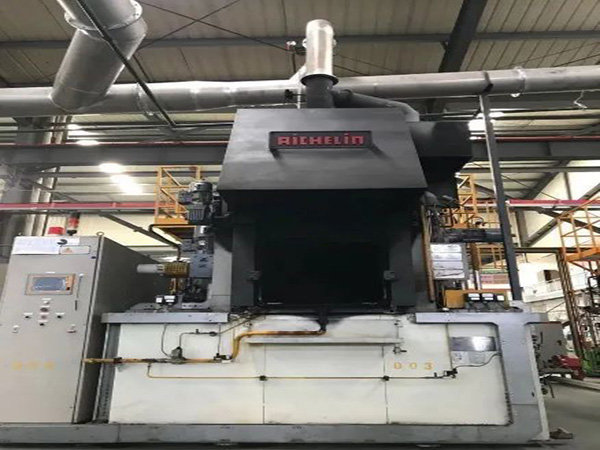
Cast Stainless Steel Clean And Heat Treat
Our workshop is fully equipped with 12 heat treatment furnaces, 6 quenching furnaces, 4 central
shot blasting machine and 16 large shot blasting machines.
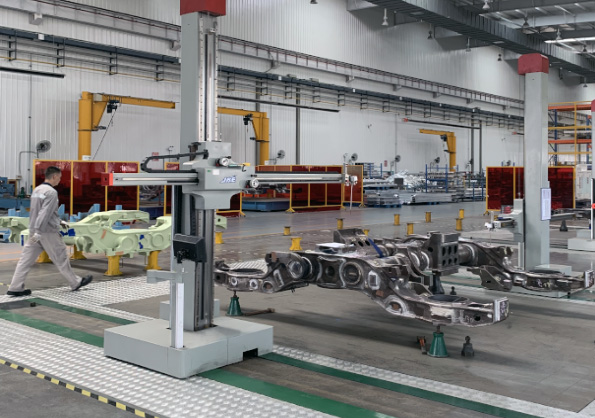
Stainless Steel Casting Inspection
All blank dimensions are checked using a CMM. We have a Rockwell hardness machine, dynamic
balance instrument, roundness meter, etc. The company’s quality department has certified
employees to do UT, PT, MT testing.
The Investment casting is also named Lost Wax Investment Casting Process,Lost Wax Investment casting will has better surface roughness,even can reach 0.4-3.2μm.
The investment casting foundry uses the yellow wax and water glass as the materials. The lost wax process makes the castings to keep the surface and inside inspection, and relative low cost.
Lost Wax Investment Casting can guarantee high dimensional tolerances,casting tolerance even can reach CT4 TO CT6,it will greatly reduce allowance of castings and reducing production costs.
